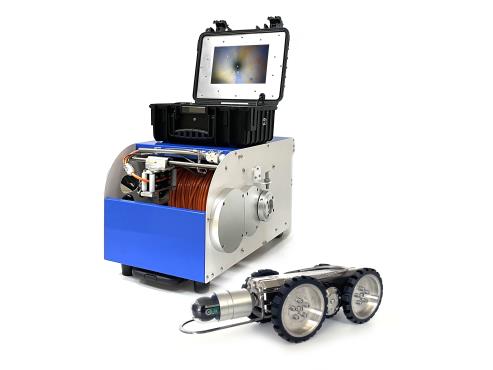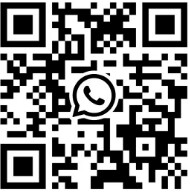Sewer pipe line maintenance is crucial for ensuring the functionality and longevity of a property's industrial plumbing system. Neglecting this aspect can lead to severe complications, including costly repairs and potential health hazards. As a modern solution, video inspection emerges as a superior method for assessing sewer lines. This technology allows for precise diagnostics without the need for disruptive excavation, offering a clear view of the internal state of pipes and helping to address issues efficiently and effectively.
This technology is a form of non destructive testing, allowing for precise diagnostics without the need for disruptive excavation. Unlike non destructive testing, destructive testing involves altering or destroying the materials being tested. Video inspection offers a clear view of the internal state of pipes and helps to address issues efficiently and effectively. As a non-destructive testing method, video inspection ensures safety and accuracy in identifying flaws without damaging the materials being tested.
What issues sewer line are there?
Sewer lines are susceptible to several common problems, each of which can significantly impact their function and integrity:
- Blockages: These are often caused by the accumulation of grease, waste, or foreign objects. Blockages can restrict the flow of wastewater, leading to backups and potential overflows.
- Leaks: Cracks or holes in the pipes can allow wastewater to escape, which may result in soil contamination and structural damage to nearby foundations. Leak testing can be used to identify these cracks or holes, ensuring timely repairs. Various non-destructive testing methods, such as video inspection and others, can be used to identify these issues.
- Root Intrusion: Tree roots seeking moisture can invade sewer lines. As roots grow and expand, they can cause blockages or physical damage to the pipes.
- Corrosion: Over time, pipes, especially those made of metal, may corrode due to chemical reactions with the materials they transport or the surrounding soil.
Consequences of neglecting sewer line issues
- Property Damage: Leaks and backups can damage foundations, ruin landscaping, and affect the interiors of buildings, leading to costly repairs.
- Health Hazards: Sewer backups can expose residents to harmful bacteria and viruses, posing serious health risks.
- Expensive Repairs: Minor issues can quickly escalate into major, costly repairs if they are not detected and addressed promptly.
Understanding and addressing these issues through regular inspections and maintenance is crucial to prevent damage and ensure the health and safety of property occupants.
What is NDT video inspection?
NDT Video inspection, a pivotal tool in modern plumbing diagnostics, is a crucial part of NDT inspection methods, utilizing specialized equipment to visually inspect the interior of sewer lines and other piping systems without the need for excavation. Various NDT techniques, including video inspection, are used in the industry to ensure safety and efficiency. Other NDT methods, such as magnetic particle testing, are also used in the industry to ensure safety and efficiency. This technology provides a non-invasive method to assess the condition of underground pipes and identify issues like blockages, leaks, and wear.
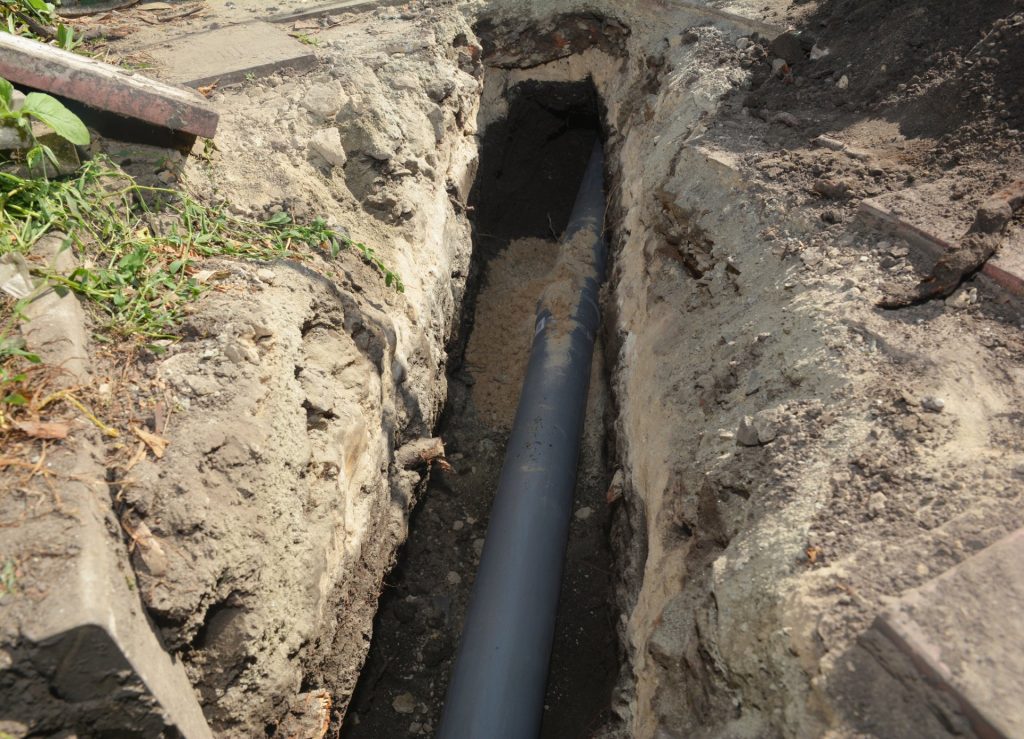
How video inspection works
1. Insertion and Navigation
A high-resolution camera is mounted on the end of a flexible rod, which is designed to navigate through the complex architecture of sewer systems, including bends and junctions. This setup allows the camera to travel deep into the sewer lines.
2. Real-Time Imaging
As the camera navigates through the pipes, it streams live video footage to a control unit stationed on the surface. This visual feed enables technicians to conduct thorough inspections of the pipe's interior, instantly gaining valuable insights into its condition.
3.Problem Identification
The real-time feed helps identify specific issues within the sewer lines, such as blockages caused by debris, cracks from structural weaknesses, or invasions by tree roots. This immediate identification helps in making quick decisions about necessary repairs or maintenance.
Why choose video inspection for sewer lines
Video inspection technology has revolutionized the maintenance and repair of sewer lines by offering several significant benefits. In addition to video inspection, other advanced NDT methods such as electromagnetic testing and eddy current testing can be used to ensure a comprehensive assessment of sewer lines. Liquid penetrant tests are another NDT method used to detect surface defects in materials.
Accuracy and efficiency
- Detailed Visual Data: Video inspection provides high-resolution imagery that captures even minor defects and obstructions in sewer lines. This level of detail allows technicians to accurately pinpoint specific issues, such as small cracks, joint displacements, and blockages, without guesswork.
- Immediate Diagnosis: The real-time video feed facilitates quick identification of problems, enabling faster decision-making regarding necessary repairs. This immediacy increases the overall efficiency of maintenance operations.
Cost-effectiveness
- Reduces Need for Exploratory Digging: Traditional methods of sewer inspection often require digging up large sections of ground to physically access the pipes. Video inspection eliminates this need, significantly reducing the disruption and restoring costs associated with such excavations.
- Prevents Unnecessary Repairs: By providing a clear picture of the sewer's condition, video inspection ensures that only essential repairs are carried out, avoiding the expense of unnecessary work.
Preventive maintenance
- Early Detection of Issues:Regular use of video inspection can identify potential problems before they develop into major issues, such as detecting small leaks before they lead to extensive water damage or structural issues.
- Scheduling Timely Repairs: With the ability to monitor the progression of existing concerns, property owners can schedule repairs at the most opportune times, thus managing costs more effectively and extending the lifespan of their sewer infrastructure.
Record keeping
- Documentation for Future Reference: Video inspections can be recorded, providing a valuable historical record of the sewer system's condition over time. This documentation is crucial for planning long-term maintenance strategies and can be especially beneficial during property transactions or legal disputes.
- Enhanced Planning: The archived video footage helps in assessing the effectiveness of past repairs and planning future interventions more accurately.
In conclusion, video inspection is an indispensable tool for modern sewer line management, providing a blend of accuracy, cost-efficiency, and proactive maintenance capabilities that traditional methods cannot match. This technology not only saves time and money but also contributes to the overall longevity and reliability of sewer systems.
How to conduct a video inspection for sewer lines
The process of conducting a video inspection of sewer lines involves a systematic approach that allows plumbing professionals to assess the condition of pipes thoroughly and non-invasively. Here’s a detailed step-by-step guide on how this process typically unfolds, along with what homeowners and property managers should expect during the inspection.
Penetrant testing and liquid penetrant testing are other non-destructive testing (NDT) methods that can be used to identify surface defects during the inspection process. Various non-destructive testing methods, including video inspection, are used to identify surface defects during the inspection process.
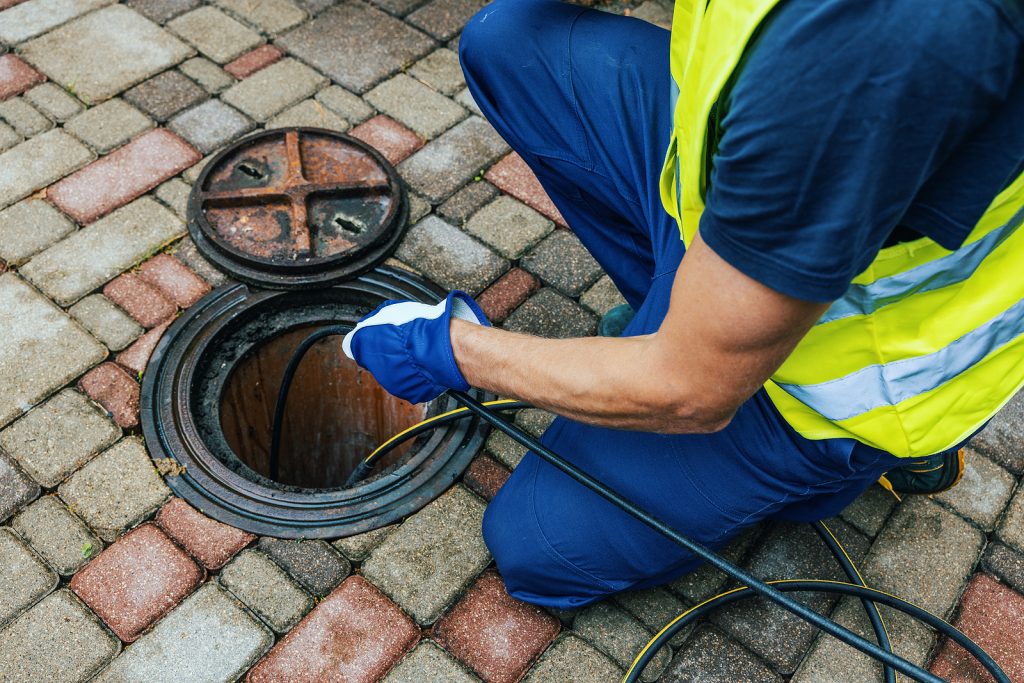
Step-by-step guide to video inspection
1. Pre-Inspection Preparation
Access Point Identification: The technician locates an accessible entry point to the sewer line, such as a cleanout or a manhole.
Equipment Setup: The video inspection equipment, including the camera, flexible rod, and control unit, is prepared and tested to ensure functionality.
2. Camera Insertion
The camera mounted on the flexible rod is carefully inserted into the sewer line through the identified access point. This rod allows the camera to navigate the pipe network effectively.
3. Video Monitoring
As the camera traverses the sewer line, live footage is transmitted back to the control unit. The technician watches this feed in real-time to identify any visible signs of damage or blockage.
4. Issue Identification and Documentation
Any abnormalities observed during the inspection are noted. Common issues include cracks, breaks, blockages, and root intrusions.
The technician may use the camera’s features such as zoom or rotate to get a better view of suspicious areas.
5. Camera Retrieval
Once the inspection is complete, the camera is carefully withdrawn from the sewer line.
6. Review and Report
The technician reviews the recorded footage to confirm the findings.
A detailed report is prepared, often including still images or video clips of key findings. This report outlines any issues detected, their locations, and recommended repairs or maintenance.
What to expect during the inspection
- Duration: A typical video inspection can take anywhere from 30 minutes to several hours, depending on the size of the system and the complexity of the pipe layout.
- Minimal Disruption: Homeowners and property managers can expect minimal disruption during the process. Since the inspection is non-invasive, there is little to no digging involved, and daily activities can usually continue uninterrupted.
- Immediate Feedback: In many cases, technicians can provide initial findings and feedback immediately after the inspection.
- Detailed Report: After the inspection, a detailed report will be provided. This document serves as a record of the inspection and includes findings, diagnostic images, and recommended actions.
This thorough approach ensures that video inspections are both efficient and effective, providing valuable insights into the health of sewer lines without the need for disruptive and costly excavation.
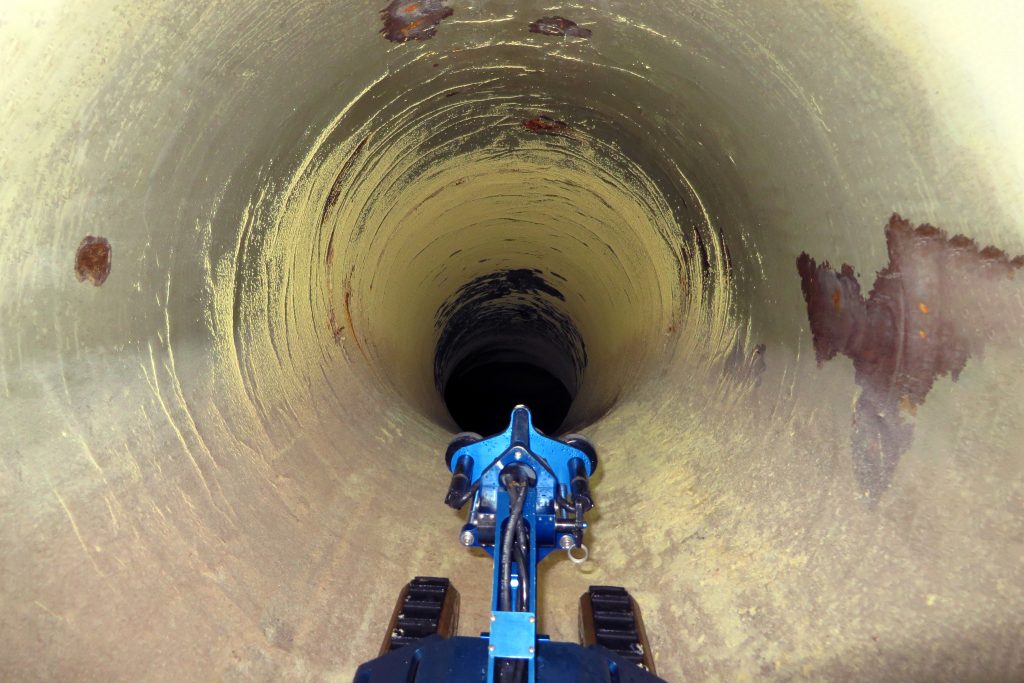
When should you get a sewer line inspected?
Conducting regular sewer line inspections is essential for maintaining the integrity and functionality of your plumbing system. Knowing when to schedule these inspections can help prevent major issues and save on costly repairs. Here’s a guide on when to get a sewer line inspected and the recommended frequency for routine checks.
1. Buying a new home
Before finalizing a property purchase, it’s crucial to ensure that the sewer system is in good condition. An inspection can reveal potential problems that may require immediate attention or significant investment in the future.
2. Experiencing frequent backups
If you encounter recurring clogs or backups, it’s a clear sign that there could be underlying issues such as blockages, tree root intrusions, or damaged pipes in your sewer line.
3. Older homes
Properties over 25 years old with original plumbing might have aging pipes susceptible to corrosion, cracking, or collapsing. An inspection can assess the condition of these pipes to determine if repairs or replacements are necessary.
4. After severe weather events
Heavy rains and floods can cause ground shifts or other impacts that might damage sewer lines. An inspection after such events can ensure the system remains intact and functional.
5. Visible signs of sewer system problems
Indications such as unusually lush patches of grass, persistent odors, or soggy areas in the yard can suggest sewer line issues that merit a closer look.
Recommended frequency for routine inspections
- General Recommendation: For most homes, a sewer line inspection is recommended every 18 to 22 months to ensure that no hidden problems are developing.
- High-Risk Conditions: Homes with known issues, such as frequent clogs or older plumbing systems, should consider more frequent inspections, potentially annually. This is especially true if the area is known for tree root intrusions or if previous inspections have noted deteriorating pipes.
- Commercial Properties: Due to higher usage volumes, commercial properties might require more frequent inspections, such as every 12 to 18 months, to prevent disruptions in business operations due to plumbing failures.
Conclusion
Scheduling regular sewer line inspections not only helps in maintaining the plumbing system but also in identifying potential issues before they escalate into serious problems. By adhering to these guidelines, property owners can ensure their sewer systems are reliable and can avoid unexpected and costly repairs.


